Living Planet
Nature · Earth · ClimateNature Notes: April 2022
EASTER TREATS
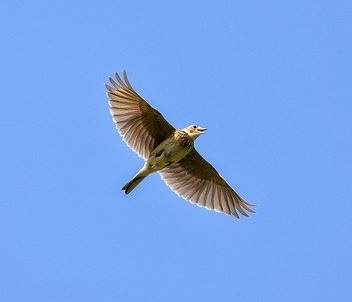
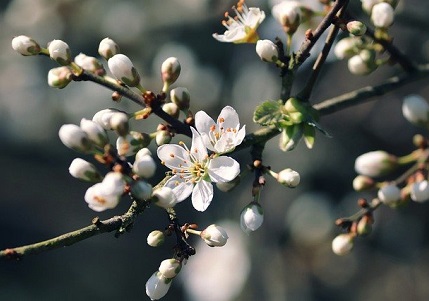
An ascending skylark dribbles sparkling notes from a high blue sky as three roe deer emerge from the banks of one of our slow gliding streams. Nearby, spilling out from below the hedgerow, scatters of Wood Anemone and Dog Violets open their faces to warm golden rays, whilst fluffy Bumble-bees buzz on blackthorn blossom in the first warm-kisses of the wind. Spring is awake and dancing on the breeze!
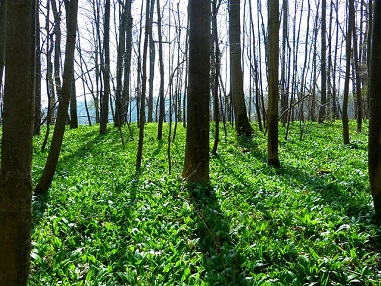
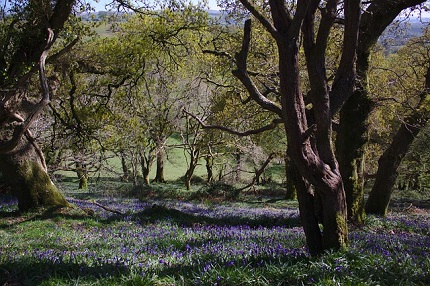
Whilst the sad devastation of trees, uprooted by the triplet of storms in February, were soon cleared from our roads and driveways, the naked and disturbing tangle of torn limbs left on our woodland floors have now been gently enfolded and laid to rest by the nurturing rich green blades of springing bluebells. Every fallen bough and branch may be clothed by the veil of springs activity, yet in the words of Indira Ghandi each are 'vibrantly alive in repose' as even in decay, they continue 'giving' to the life of the world around. Offering vital food, shelter and homes for lichen, fungi, insects, small mammals, reptiles and amphibians, they're also imparting nutrients into the soil beneath. Elsewhere, rich, fresh earth forced up from the depths by vast roots once tethering strong trunks, has already created fertile seedbeds for our Ransoms, Early Purple Orchids and other stunning woodland flowers. Early on, I gathered many of the smaller snapped 'fingers' bearing budded tips, like twiglets dipped in chocolate, from the footpaths, to 'fulfil their openings' in vases back at home but there was plenty left from which our birds could start re-building their nests.
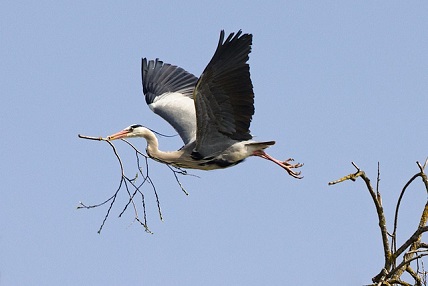
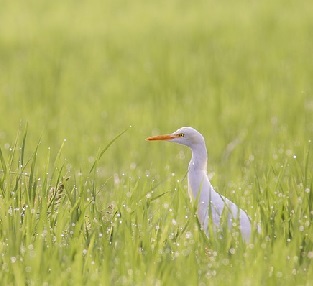
I watched a pair of grey herons, busy re-assembling, (they had already revisited and titivated their old nest, but the gales had then tossed it apart). The male was bringing fresh sticks and reeds to his partner who was in charge of construction. Hopefully by now she's sitting on a clutch of up to 10 eggs, or even chicks, known as 'branchers'. Apparently, an increasing number of British heronries now have Little Egrets nesting alongside too. I saw a Cattle Egret briefly in one of the fields behind the church at the end of February, but I haven't seen it since. Up until 10-12 years ago I used to see them regularly as they visited the field at the entrance of the village, off the A29, to feast on frogs and amphibians around the pond but it's since been filled in.
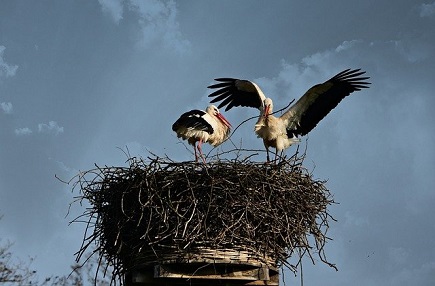
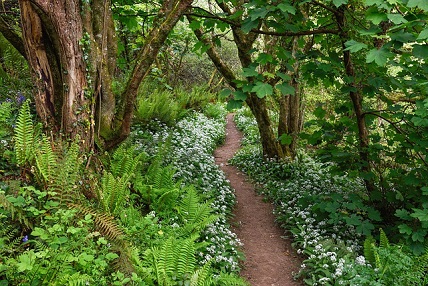
Storks belong to the same family as herons and egrets and over at Knepp, they had hastily repaired their own nests by March. This is the month when migrants normally arrive in the Ukraine. Considered to be their national bird, Storks are seen as symbols of family, loyalty and patriotism and are associated with happy things to come. They are also harbingers of spring and their return is usually greeted with the same delight as we used to greet the cuckoo - before it became as rare as it is now. Loyal to their breeding grounds and returning to the same sites they occupied the year before, the storks will have flown from Africa and can usually be found all over the country, normally nesting near people's houses (apart from Black Storks which normally just nest in the Carpathian Mountains and Polisia). As you probably know, if a stork nests on the roof of your house it is said to bring good luck. As I write in mid-March I shudder to think of their danger as they dodge gunfire, missiles and rockets and pray that, instead of being blown to smithereens or finding their nest sites have been too, the war will soon cease and that those that make it back will bring a sense of nature's reassurance, hope and joy, to all those who so desperately need it.
Not all bird migrants will make it back safely here either and their absence hurts. As does the thought that those who do survive such arduous journeys will arrive back to their nesting sites to find them gone too - not through war but thoughtless habitat clearing and 'more development', like the swifts who make it back to the now flattened barns at Crosby Farm. There's an old English saying. "When April blows his horn, 'Tis good for both hay and corn" and this month usually sees a great influx, if the air currents are in their favour, but if we have the return of the chill easterly winds that we had at the beginning of March or showers, sleet and the occasional flurry of hail or snow, they may delay, staying temporarily ensconced on the other side of the Channel.
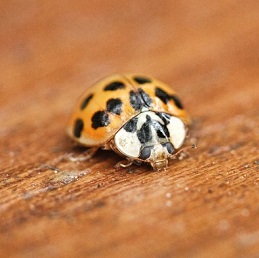
Whilst Spring is definitely in the air outside, it's on the wing inside too. After gently relocating an 18 spot Harlequin ladybird who'd beaten me to bed, I then heard the distinctive and annoying whine of a mosquito overhead - and it was only 9th March! Shrew'bert' has been ridiculously active this month - shooting around the perimeter of my sitting-room at top speed, and on a few occasions, we've unexpectedly eyeballed each other when I've been in 'down dog' during on-line yoga. On the colder mornings when I come downstairs the sheep-skin rug on the hearth carries a ridge/kink in the middle, a tell-tale sign my friend has been 'tunnelling' horizontally to keep warm. Back outside, smaller vertical tunnels are due to start appearing in my lawn. The scattering of small volcano mounds of earth with holes in the centre will reveal the entrances to the 'burrows' that Tawny Mining Bees make for their larvae which hibernate as pupae over the winter. Soon they'll be on the wing coinciding with the blossom of fruit trees and the galaxies of yellow dandelion and buttercup suns in our gardens, and grass verges. (Did you know that dandelions support over 50 insect species and that just 8 plants provide enough nectar for 15,000 bee visits a day?!)
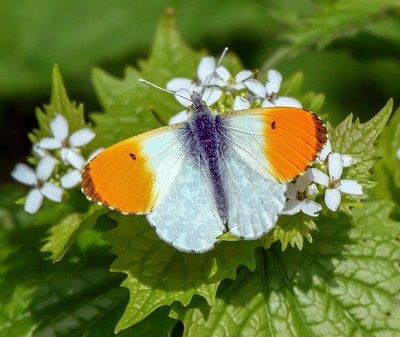
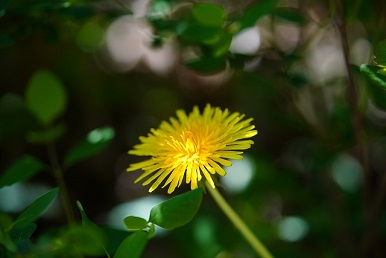
Seas of bluebells, underneath gently unfurling luminous greens, should soon be shimmering in the light, Orange-tipped butterflies emerging to dance on delicate pale-pink Cuckoo flowers, bats appearing to swoop and munch on midges, Cowslips nodding in dappled shade. And all to a sound-track of nature's songs as each creature calls out, embracing and welcoming life. Nestled eggs are the natural gems of spring, from the pastel blue of new forget-me-nots to the brown and speckled, found in the open as nature's camouflage - each one a perfect symbol of Easter and 'new life'. This season, please give all of creation a helping hand and may you grow and bloom with the flowers and trees, be warmed by the sun and blessed by the breeze. Happy Easter!
Blackbird, Coal Tit, Dunnock
Great Tit, House Sparrow, Robin
Song Thrush, Starling,Wren